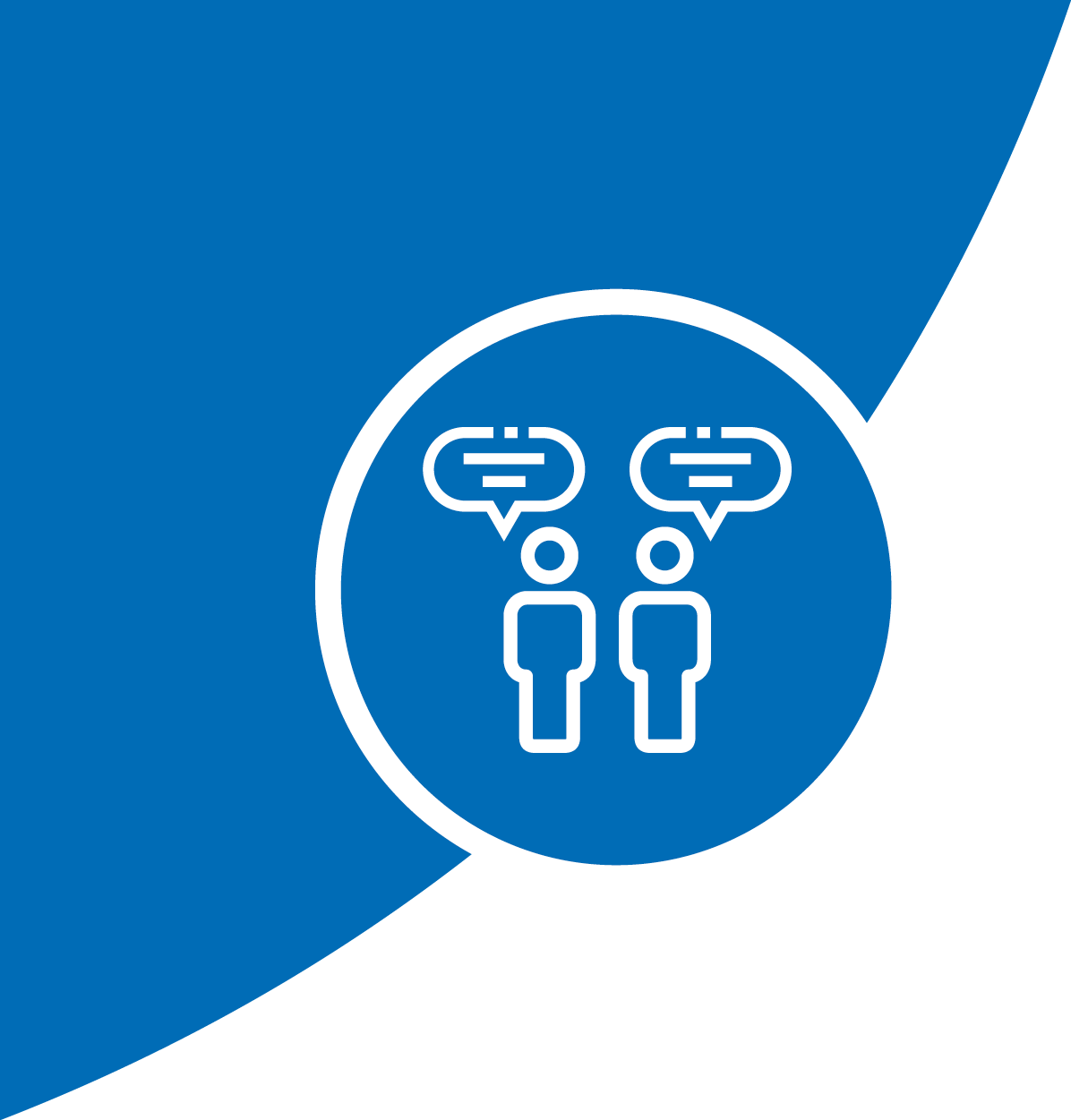Ethics Framework and Guidelines:
Table of Contents
Ethics Framework and Guidelines »List of Abbreviations »Preamble »Introduction »
Part I: General Consideration »On ethics »General considerations on ethics »Ethical assessment procedures and the ethics review »On participation »General considerations on participatory practices »Experiences with the ethics framework »
Part II: Tools & Guidelines »A. How should participatory processes be structured? »B. Which type of activity is targeted by the participatory process? »C. Which types of participants are targeted? »D. What are ethical issues and risks? »E. How can equal and meaningful dialogue be fostered? »F. How should participatory processes be monitored & reflected upon? »
Glossary »EC Reference Documents »Endnotes »

E. How can equal and meaningful dialogue be fostered?


Ensure that the design and implementation of participatory processes fosters equal and meaningful dialogue among participants. Contemplate whether an experienced (external) moderator would improve the process. Think about forms of representation, types of participant, and reciprocal relationships, taking into account possible power imbalances. The following non-exhaustive list of considerations are important:
- Representation: Consider who is excluded and included by reflecting on the balance between diversity and representation (proportionality). When selecting a group of participants, take into account possible (over-)representation of minorities.
- Power: Make sure all participants are heard and try to reduce power imbalances. These imbalances may result from the participants differences in personality, capacity, knowledge, and resources. It can, for instance, help to reduce information asymmetries by providing or withholding information. In addition, try to identify any conflicts that may need to be navigated. A skilled facilitator or ombudsperson can play an important role here.
- Empowerment: Take measures to enable your participants to actively participate in, influence, and benefit from the R&I process and its outcomes. Allow them to make decisions and develop ownership of the process.
- Exploitation: When including minorities and/or vulnerable stakeholders, ensure that they are not negatively affected by the participatory process. If needed, provide forms of adequate compensation either before, during, or after the process, on a case-by-case basis.
- Vulnerability: Recognize that there are many aspects to vulnerability that are often difficult to identify. Pay specific attention to aspects that give rise to vulnerabilities such as one‘s experiences, abilities (including language skills), identity, resources, values and worldviews. Participants are best placed to recognize whether they are vulnerable. Trust their judgement and accommodate for their vulnerability.
SHOWCASE
Power imbalances may impede equal and meaningful dialogues, and frequently emerge from information asymmetries – for instance between scientists and citizens. VDI/VDE-IT therefore deliberately considered whether they should hand out information, to whom, and when. Information management and active facilitation proved useful for fostering constructive debates in which everyone is heard.
Table of Contents »